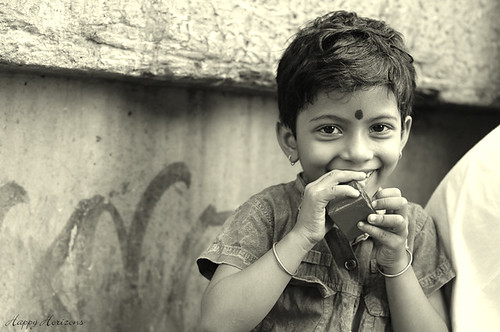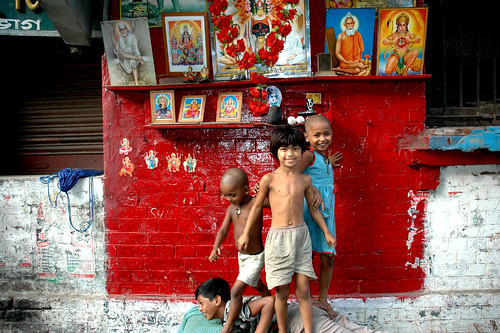One of the things I have often wanted to during a photo-shoot is analyze why I enjoy doing it. There is a lot of the experience factor associated with a) clicking the photograph and b) viewing the photographs later.
Now, I have traveled wide across India doing photography and had similar interesting experiences over and over again. One of the shoots that I recall well is the street photography on the streets of Kolkata, India. I had always wanted to find an answer as to why they call Kolkata the “City of Joy.” This album resulting from the photo-shoot is a result of that quest.
Everywhere around me when I am clicking I am seeking to get a good experience of doing the act (of taking the photograph). I try to capture the elements that would at a later stage give me as close to the same experience I had while clicking it.

There were many factors that lead to the overall experience. Each moment that was experienced was expressed in the form of a photograph that can be said as an expression of that instantaneous experience. Today whenever I re-look at that photo album I am able to relate to the time I had, and the experience I had. For every shot I took there was a story associated with it and it was these individual stories or expressions that made up the entire experience a memorable one. These stories which are culturally constructed expressions, would be beneficial in a person recalling the experience, as well as to the people who are not familiar with the culture.
These photographs allow me to make a better sense of experience by virtue of connecting of the cognition (of what’s there in the mind from the past), the feelings associated with it (the present) and also the expectations (the future).
After analyzing each photograph in the album, one is transcending the narrow sphere of experience by interpreting the expressions, as Dilthey would put it. These cultural expressions (photographs) consummate to the overall experience of the city, as seen by the outer self and perceived by the conscious or the inner self. Here each photograph is a story that has a beginning and an end. These multiple expressions transcends together, in a temporal flow to give us the experience.
These stories presented in the photographs touched the heart, and hence we could call it of an inner felt experience. It is a testimony to the lived experience (Dilthey). The elements in the frames, the aesthetics associated with each frame compel us to have the “an experiences” in a similar manner across viewers. In most of the cases the expressions here would be the same.
The ability of photographs to be more powerful than a narrative, results in we being able to identify the context better. Photographs do a better job in trying to re-showcase the reality and an indication of the experience had. The elements in the photographs allow one to interpret the experience in a similar manner by different subjects. Having said that it is interesting to see how the experiential factors differ from culture to culture. The notion of the exotic Other, as evident in the style of documentary film making and ethnography (and anthropology) allows for the experiences to differ across cultures.
The photographs here are the reminiscence of the existing conditions in the city. Kolkata is also known as the City of Joy, but when one visits there it’s hard to find the joy in the experience of visiting that place. Through these told expressions (the photographs) we are trying to present a reality (of what is there) of the situation as was experienced by the photographer.

